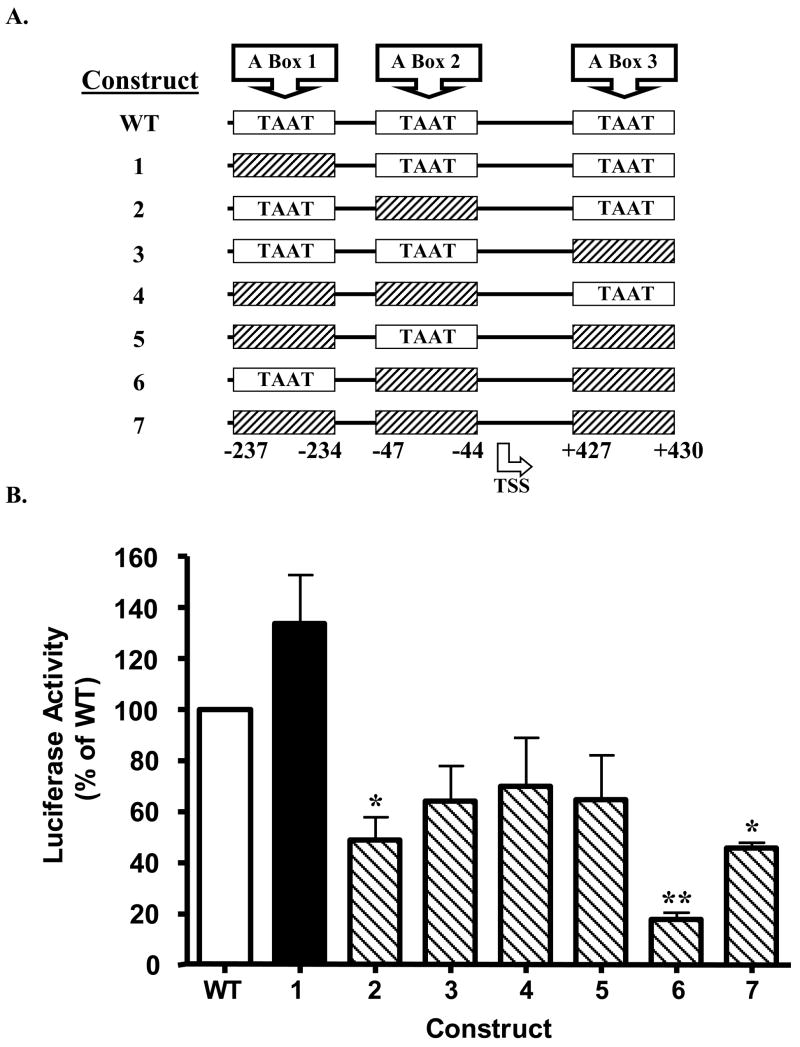Figure 2. Effects of site-directed mutagenesis of PDX-1 binding motif on PANDER promoter activity.
(A) Structure of the mutagenized PANDER promoter luciferase constructs. A schematic diagram representing the PANDER promoter’s three A boxes, either wild type (i.e. black, 5′-TAAT-3′) or mutagenized (hatched bars, 5′-TAGT-3′). A plasmid encoding the −338 to +491 region of the PANDER gene, containing three A boxes (5′-TAAT-3v PDX-1 binding motifs) were subjected to site-directed mutagenesis to create seven mutant constructs, each containing a combination of one, two, or all three A boxes as shown above. Nucleotide locations are numbered and shown at the bottom of the diagram. TSS refers to transcriptional start site. (B) Luciferase activity of PANDER promoter luciferase constructs. Mutagenized PANDER promoter luciferase constructs (as diagramed in Figure 2A) were transiently co-transfected with Renilla luciferase reporter plasmid phRL-TK into β-HC9 cells in complete DMEM. Twenty-four hours following transfection, luciferase activity was detected by luminometry. WT denotes wild-type PANDER promoter luciferase construct that contains all 3 intact A box (TAAT) regions. Data are shown as mean ± S.E.M. percentage luciferase activity (firefly/renilla) relative to cells transfected with WT construct (open white bar). Luciferase activity above WT construct is shown with black filled bar whereas observed activity below WT construct is represented by back slashed bar. These data encompass two independent experiments with each construct transfected in triplicate. Single and double asterisk indicates P < 0.05 and 0.01 as determined by ANOVA, respectively, between mutagenized (shown according to construct number) and wild-type PANDER-luciferase plasmid (indicated by WT).

